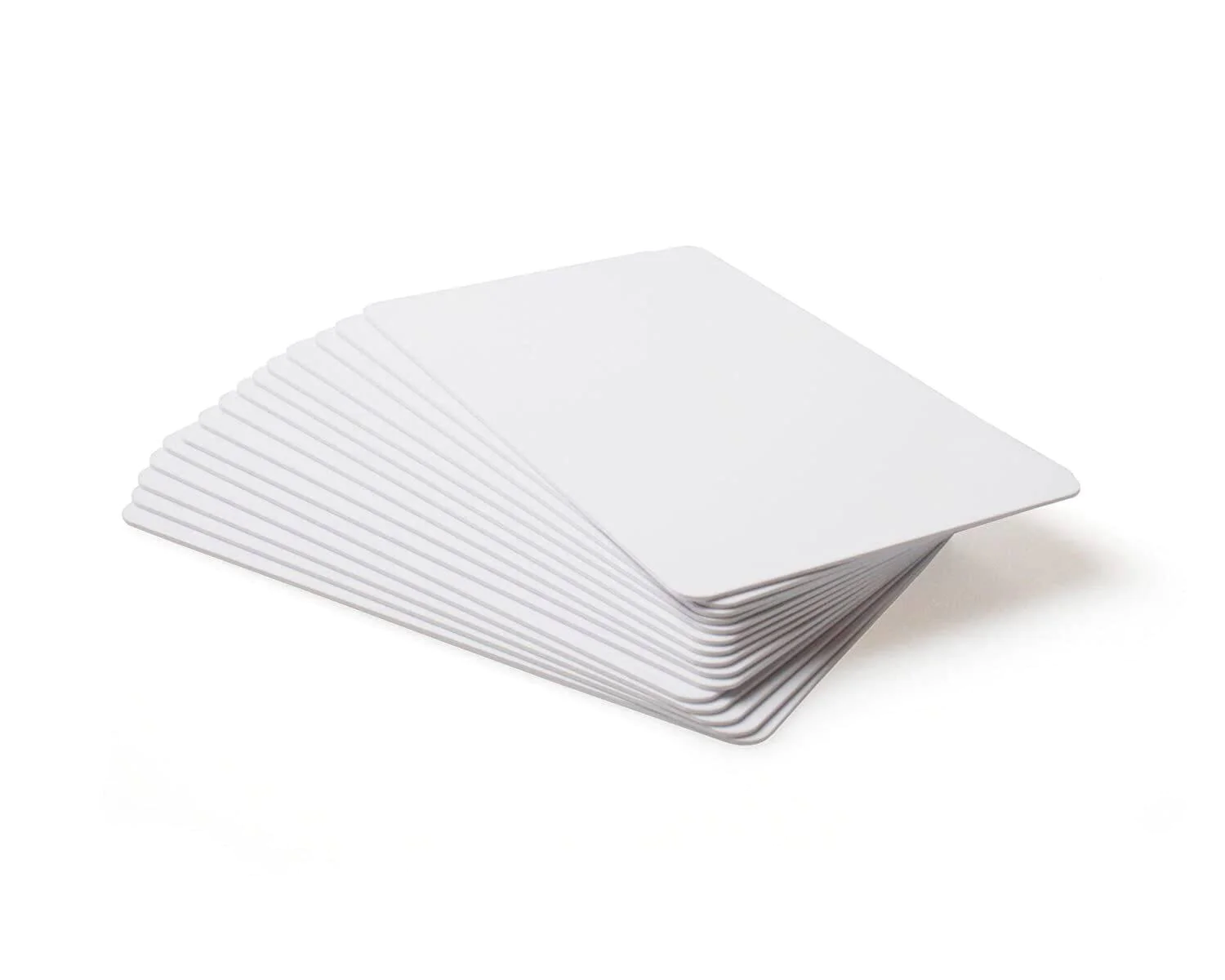Introduction:
In the ever-advancing landscape of technology and security, RFID (Radio-Frequency Identification) cards have emerged as a vital tool for access control, tracking assets, and facilitating contactless transactions. Printed RFID cards, in particular, have gained prominence due to their versatility and practicality. In this article, we will explore the evolution and advantages of printed RFID cards, shedding light on their growing significance in various industries.
Understanding RFID Technology:
Before diving into the specifics of printed RFID cards, let’s briefly recap the underlying technology. RFID is a wireless communication technology that uses electromagnetic fields to identify and track objects or individuals. RFID systems consist of RFID tags, which are attached to objects or people, and RFID readers, which communicate with the tags to retrieve information.
Printed RFID Cards:
Printed RFID cards are a subset of RFID technology where RFID tags are embedded or integrated into standard plastic cards, much like traditional identification or access cards. These cards combine the benefits of RFID technology with the convenience of a familiar card format. Here are some key features and advantages of printed RFID cards:
Customization: Printed RFID cards can be customized with logos, branding, and variable data, making them suitable for a wide range of applications such as access control, identification, and loyalty programs.
Security: RFID cards can incorporate security features like holograms, UV printing, or encrypted data, enhancing protection against counterfeiting and unauthorized access.
Contactless Technology: The contactless nature of RFID technology allows for quick and convenient transactions or access control. Users simply need to present the card in proximity to a reader.
Durability: Printed RFID cards are designed to be durable and can withstand typical wear and tear, ensuring a longer lifespan and reduced replacement costs.
Versatility: These cards find use in various industries, including corporate environments, healthcare facilities, hospitality, retail, and more, thanks to their adaptability and versatility.
Applications of Printed RFID Cards:
Access Control: Printed RFID access cards are widely used to secure buildings, parking areas, and restricted zones. They offer a higher level of security compared to traditional key-based systems.
Payment and Transactions: Many contactless payment cards utilize printed RFID technology, allowing for swift and secure financial transactions.
Identification: Printed RFID cards are valuable in healthcare for patient identification, in education for student IDs, and in corporate settings for employee badges.
Inventory and Asset Tracking: RFID cards can be employed to track inventory and high-value assets, streamlining logistics and reducing losses.
Customer Loyalty Programs: Retailers often use printed RFID loyalty cards to reward loyal customers with personalized discounts and promotions.
Printed RFID cards have evolved to become indispensable tools in various industries, offering a combination of security, convenience, and customization. As technology continues to advance, we can expect further innovations in printed RFID card design and functionality, making them an even more integral part of our daily lives. Whether it’s for enhancing access control, streamlining operations, or bolstering customer engagement, printed RFID cards are here to stay, and their influence is set to grow.
